I’ve often seen independent authors posting a series of cover images online and asking people to choose their favourite; or they might ask a handful of friends what cover they’d buy. Choosing a book cover with either method doesn’t make a lot of sense. I have been telling my family I’m going to paint my bedroom for the last 15 years, but there it is, the same ugly shade of pink it was in the late 1990s.
My point is that people don’t always do what they’ll say they’ll do. A better question to ask friends or people on forums is “what were the last five books you purchased?” Now you’re researching the books that actually did sell—at least once. You can also get some idea of what sells by searching best sellers’ lists, although Amazons’ figures can easily be skewed by a sudden bump in sales and the New York Times doesn’t include all books in its calculations. If your book is not in a mainstream genre, it might be more difficult to compare, but even studying books not in your genre will give you an idea of design trends and what people are buying.
Buzz sells books
But does the cover really matter? What motivates someone to actually purchase a book? In a 2009 book buying survey by Verso Digital (US), just more than half of 5,640 US respondents said they purchased books based on author reputation. Forty-nine percent said they bought books others recommended to them, and 45 percent used price as the deciding factor. Reviews influenced 37 percent of book purchasers, artwork played a role for 22 percent and advertising, 14 percent.
This is a quite a change from a 1999 survey by Penguin Books that cited jacket blurbs as the criteria for 73 percent of book purchases, followed by recommendations at 62 percent and price at 57 percent.
While new authors can do little about their reputations just starting out, they can influence other areas. It would appear that particularly for new authors, getting buzz about your book is essential, and if you’ve written a good book, and sell it at a good price, then the author reputation part will quickly follow. And there are case studies that support this theory. Word-of-mouth has been credited with the success of Dan Brown’s The Da Vinci Code; Eats Shoots and Leaves by Lynne Truss and The Lovely Bones by Alice Sebold,. Each has sold millions of copies. Two have been made into movies.
Website or blog essential
Online presence was shown as another key factor to book sales and it’s another element completely within the author’s control. When the same respondents were asked what made them aware of books online—especially important for independent authors who often depend on online sales, the number one response was search engine results, with 58 percent of people saying they plugged in search terms to find reading material. Author websites and blogs was the second most popular resource, with a respectable 30 percent; social networks brought particular books to the attention of 20 percent of respondents and online advertising yielded 17 percent of reported awareness about a particular book or books.
The obvious conclusion here is that authors need a strong website or blog that will raise them higher in search engine results and help make them a familiar name to potential readers. This is a topic I’ve researched and written about in the past, and it’s nice to see statistics backing me up.
Is the cover important?
What about the book cover though? There are no current statistics on this, although there is anecdotal data.
In the late ’90s Penguin redesigned covers for its Modern Classics series. Soon after, sales soared in the under 25 demographic.
In the March 2006 meeting of the Association of American Publishers, Marcella Smith, director of small press relations for Barnes and Noble, discussed the remake of the cover for The Little Book That Beats the Market (Wiley, 2005).
In the March 24, issue of Publisher’s Weekly Daily, Smith is quoted as saying the original book jacket was pale blue and featured a dollar sign. After discussing the cover with buyers, the publisher decided to change the book jacket to a more classic dark blue with white lettering, which they felt better suited a traditional business audience. It became a hit and the jacket was credited with the book’s increased popularity.
One of the issues for factoring cover design into sales statistics is that unlike books by well-known authors and those published by large publishers, independent authors are usually doing most, if not all of their sales online.. The only statistics available are relevant to print books sold in stores, and they don’t necessarily generalize.
So, do online covers matter? I’d have to say yes. First of all, it’s quite easy to weed out books that are self-published when the cover is obviously amateurish. One can only assume if there was no effort put into professional design, then there probably wasn’t much effort invested in editing, or layout or even research and story development. The cover is a necessary bit of polish, like a well-pressed suit.
Since covers are often only displayed at one or two inches online, a book cover is pretty much at the mercy of good advertising techniques to get the click-through on a page filled with similar books. An easily-read title and strong use of color are going to play a role.
So, while author familiarity is not going to help independent authors just entering the market, they can change this easily enough with a bit of work, and not necessarily a lot of money. A good blog and a professional product are all going to work in their favour and make that second book much easier to sell.
Get an Editorial Review | Get Amazon Sales & Reviews | Get Edited | Get Beta Readers | Enter the SPR Book Awards | Other Marketing Services


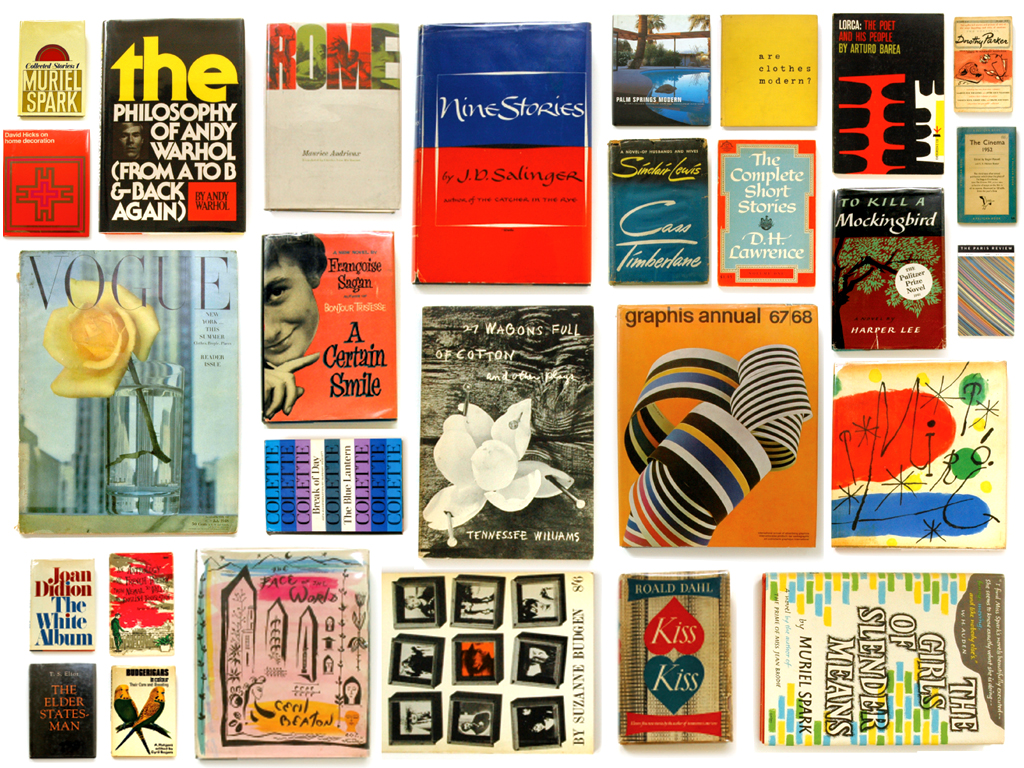





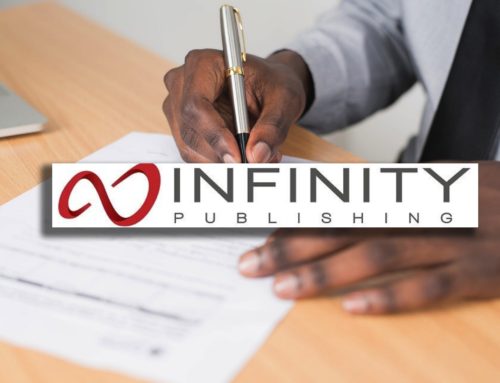
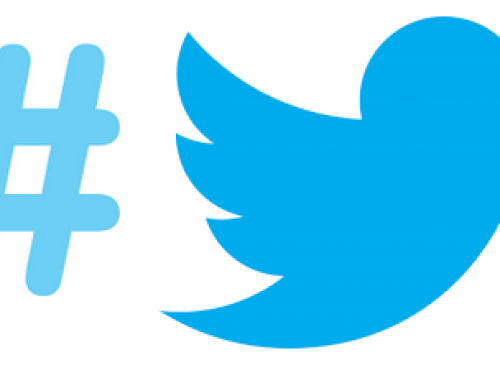

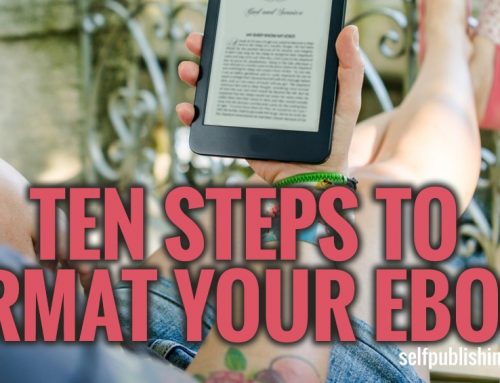
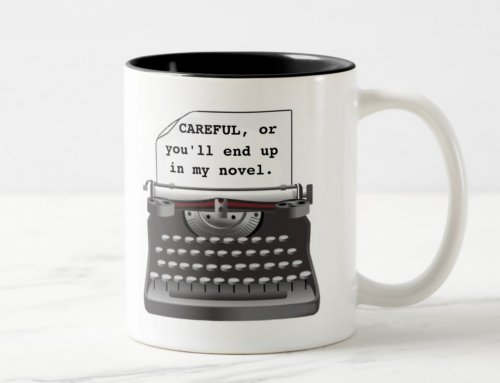
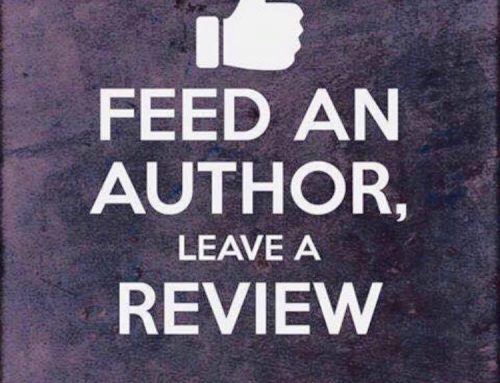
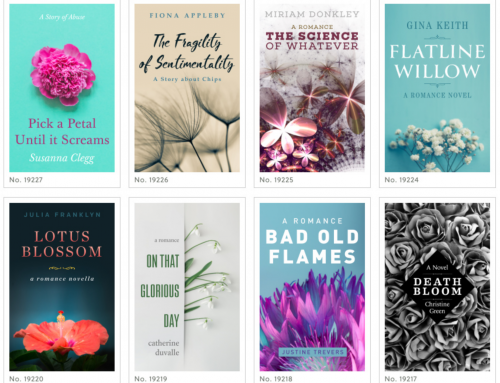
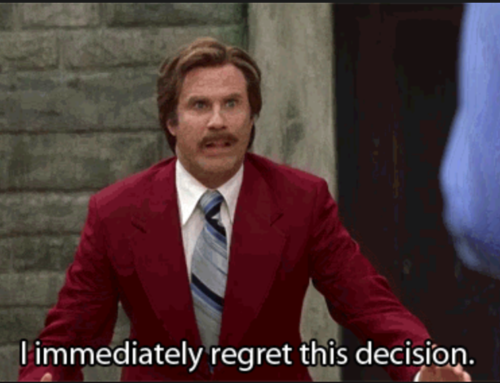
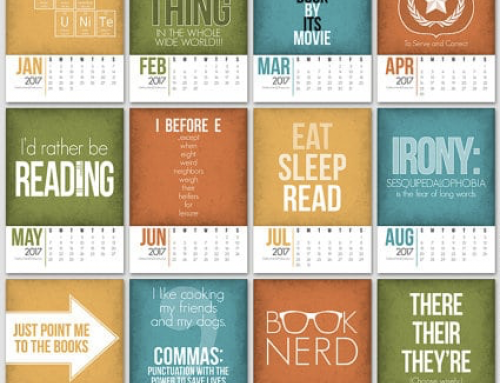

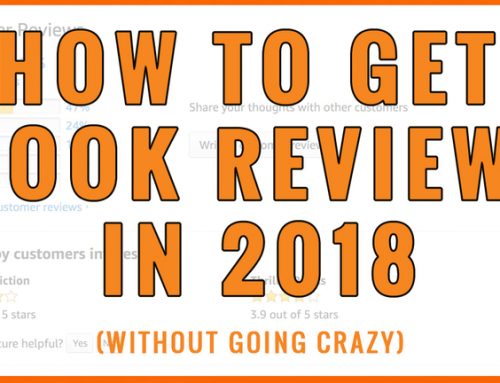
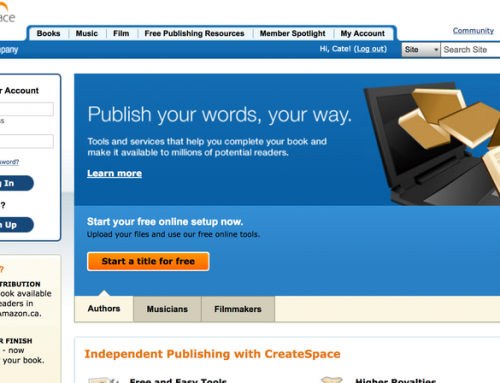
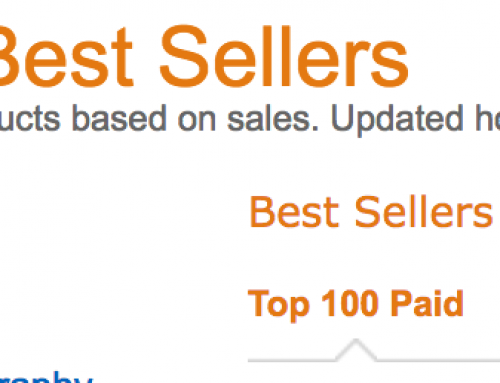
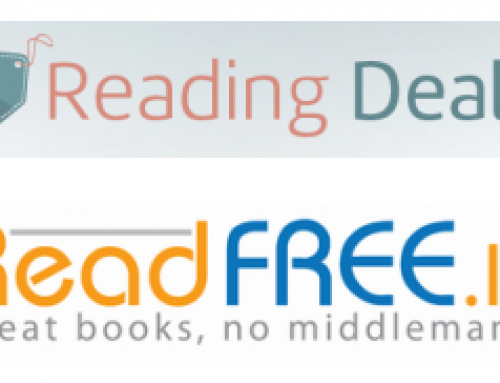
Cathi,
Interesting comment, but the figures quoted don’t make sense to me.
“More than half of 5,640 US respondents said they purchased books based on author reputation. Forty-nine percent said they bought books others recommended to them, and 45 percent used price as the deciding factor.”
That adds up to 145 pc.
“Penguin Books cited jacket blurbs as the criteria for 73 percent of book purchases, followed by recommendations at 62 percent and price at 57 percent.”
That makes 190 pc.
Care to explain?
The choices weren’t mutually exclusive, people ranked them in order by preference and/or frequency. I cited the sources, you can check the surveys for yourself.
Because a person usually purchases books their friends recommend doesn’t mean they always do.